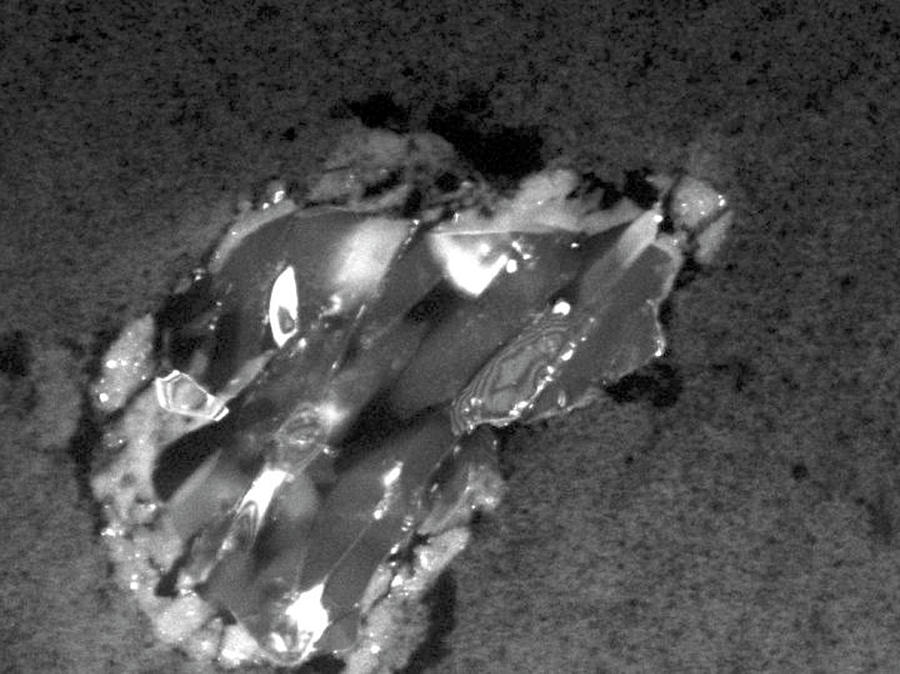

In the second half of the 20th century, nuclear weapons and their testing sent particles, such as 60Fe, all over the planet. The measurement of iron-60 was then done at a lab in Garching, Germany, with accelerator mass spectrometry, which is single-atom counting. Determining which ones are stardust from the myriad other particles swirling around in the snow is even more challenging.įor the 2019 study, the researchers collected 1,100 pounds of fresh, Antarctica surface snow (falling no more than 20 years ago), shipped it in a frozen state to the Technical University of Munich in Germany, melted it, filtered it and chemically analyzed it. It came down to countingĪs you can imagine, picking out any kind of dust particles from snow is a daunting task. Scientists believe it must have been a supernova in the neighborhood of our sun not so near as to kill us but not too far as to be diluted in space. Only stars tens of times more massive than our sun could build iron isotopes, however, which means that the iron-60 found in Antarctica originated from outside the solar system. The iron-60 found in Antarctica’s snow originated from outside the solar system possibly from a supernova in the neighborhood of our sun. But aging, massive stars and a certain type of supernova explosion-which makes for very beautiful Hubble Space Telescope photos-result in either a black hole or an incredibly small, dense star that no longer generates heat.Ī supernova, having spent many millennia fusing big nuclei into even bigger ones, can spew out particles of heavier metals, including iron-60 and its stable cousin, iron-56, causing them to travel through the universe, where they occasionally come into contact with other stars and planets. When stars are younger, they generally emit lighter metals (astronomers tend to refer to everything bigger than helium as a metal), such as carbon and oxygen. Stars fling out a variety of tiny particles during their lifetimes, in addition to all the heat and light. Because iron-60 is not among those common materials, it must have arrived from somewhere beyond our solar system. Outer-space objects ranging from dust to meteors regularly fall to Earth, but they are generally made of the same materials as our planet since everything in the solar system, including the sun itself, assembled from the same building blocks billions of years ago.

It’s seen set against a backdrop of more distant galaxies of all shapes and sizes. The image of this spotlight-hogging galaxy, PGC 29388, was taken by the Hubble Space Telescope. According to scientists, who published their findings in the journal Physical Review Letters on August 12, 2019, it’s the very first detection of a recent influx of iron-60 onto Earth.

What was found in the Antarctic snow accumulated over the past two decades. While iron-60 had previously been found in deep-ocean crusts, there it had likely settled on the Earth’s surface millions of years ago. Called iron-60 (60Fe), it has four more neutrons than Earth’s most common form of the element. That stardust is composed of significant amounts of a form of iron that isn’t naturally produced on Earth. Last year, a team of scientists examined several hundred pounds of it and discovered a surprise: it’s sprinkled with stardust. But I’m even more delighted this year because I learned that there’s something far more amazing about snow this time, it’s the snow in Antarctica. Walking in a winter wonderland.Īnd every winter, when it looks like the Earth has been washed clean once again, I feel happy. Recently, scientists discovered iron-60-a rare isotope on Earth-in snow in Antarctica that had accumulated in just the past two decades.


 0 kommentar(er)
0 kommentar(er)
